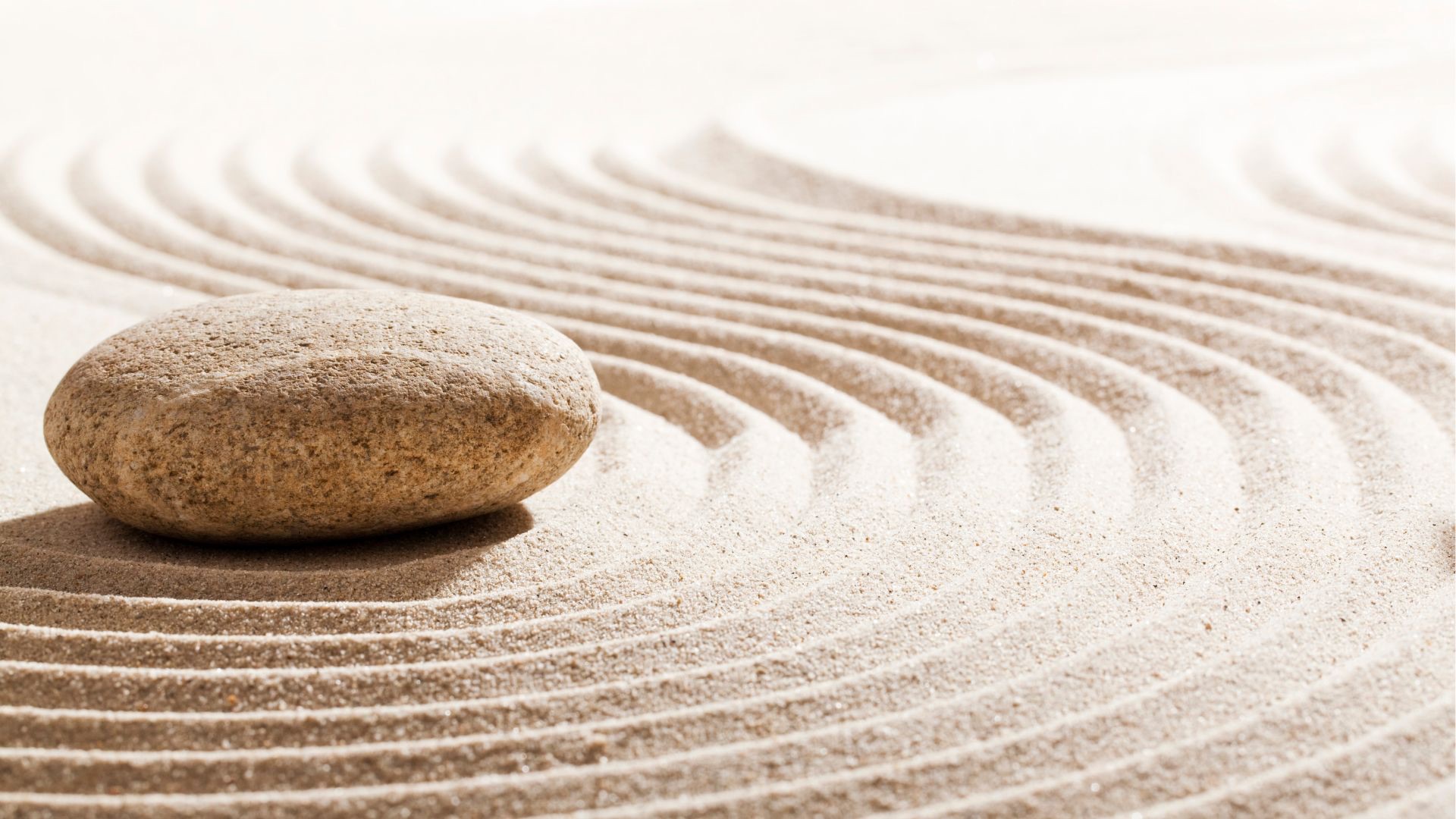Strong and Soft
Sep 13, 2023
One of my asana teachers used to tell me that when I first came to him, my poses were like pouring a glass of water. As a flexible body type, I gravitated toward asana because it was fun. I could put my leg behind my head, do a full split, and go deep in backbends simply by virtue of my natural suppleness. I was flexible, but not very strong.
As I got more serious about my practice and learned about the nature of balance in yoga, I worked to build greater strength and stability. I held poses longer and made sure I was regularly working on poses that were hard for me (instead of avoiding them!)
Over time, and supported by my meditation and contemplative practices, getting stronger in my body translated into how I showed up in my life. I became more decisive, focused, and self-confident. Eventually, the strength I developed on the mat helped me to face my fears and insecurities enough to be able to teach yoga.
Looking back on this evolution taught me something important about the nature of strength in yoga. In the Western context, we tend to think of strength in terms of force, toughness, or muscle-bound power. But that alone can cause us to harden and shield ourselves - not only from others but from our own vulnerability.
On the other hand, yoga teaches that true strength comes from forging a connection to a steady and unchanging inner essence. Rather than closing us off to our vulnerabilities, the strength of the yogi is one that fortifies us to hold our soft and tender parts with compassion, while knowing that they are not the final word in who we truly are.
Meditation teacher Sally Kempton wrote:
The spiritual journey often looks like a dance between the two poles of vulnerability and boundaries. It’s a continuing dialogue between the impulse to soften and open, and the impulse to contain and protect. The two apparent opposites turn out to be equal partners in the process of embodying spirit and heart.
My experience is that the physical and energetic strength we cultivate in an integrated asana practice helps us to become stronger vessels to contain our emotions and moods without fully identifying with them. It helps us build the discernment that allows us to create appropriate boundaries for our energy and time. Most powerfully, it empowers to embrace our vulnerability and live with greater sensitivity and compassion toward ourselves and others.
